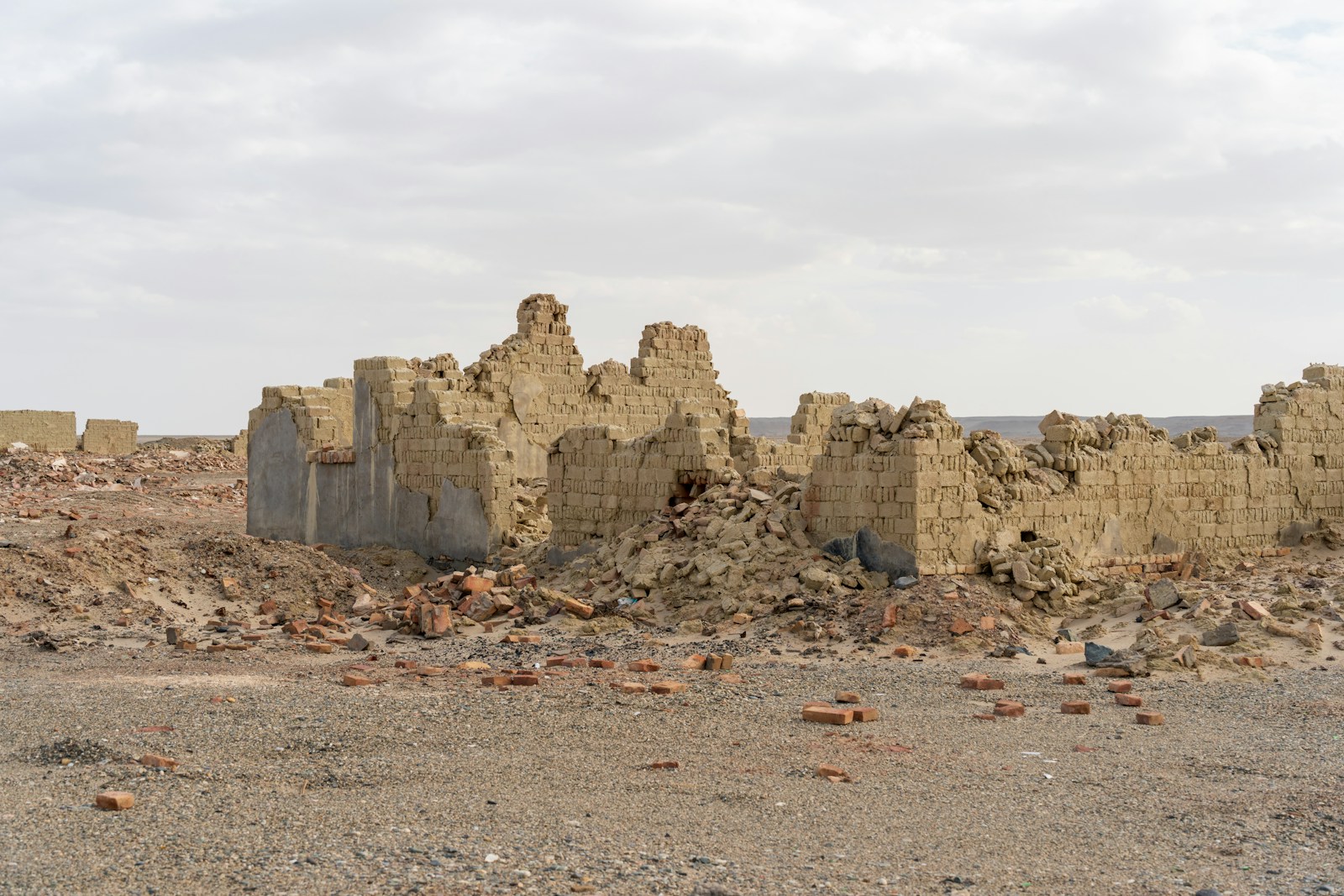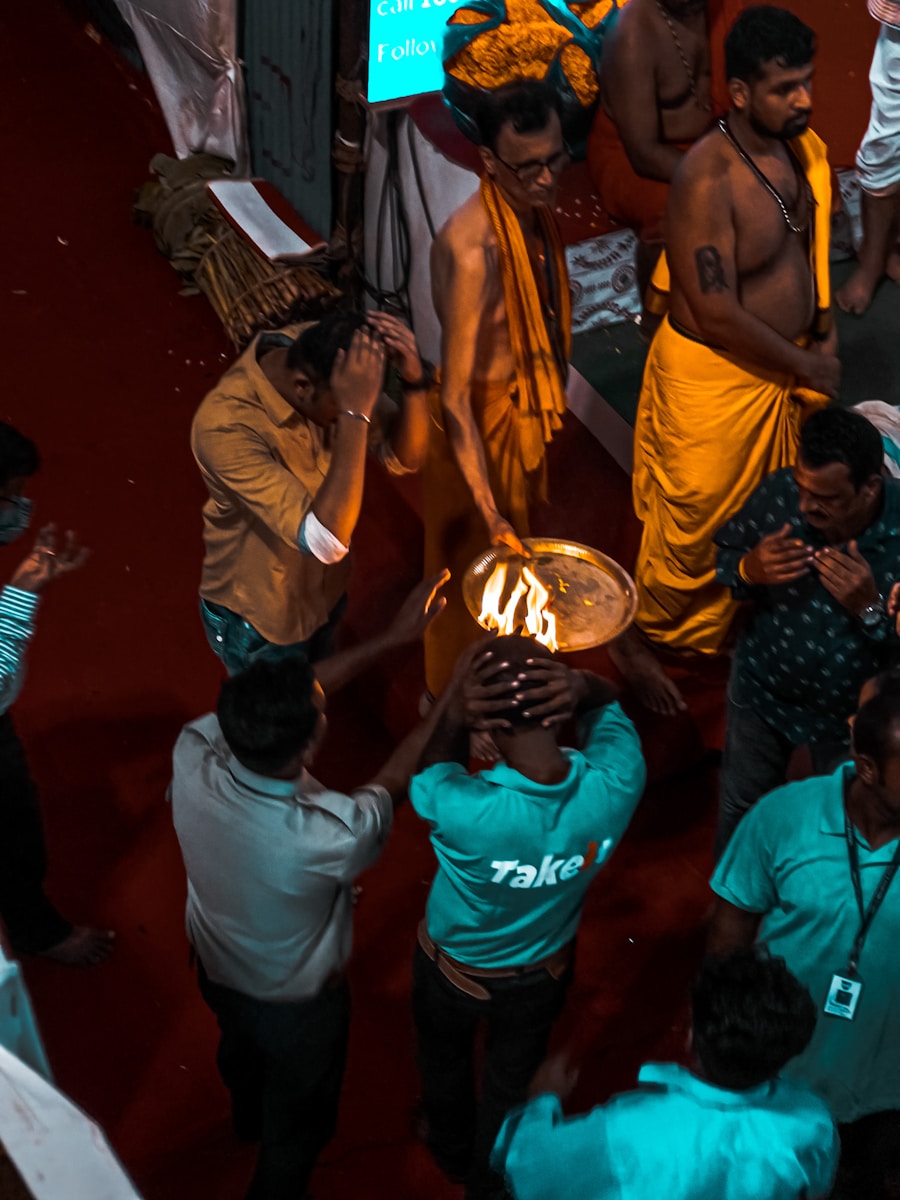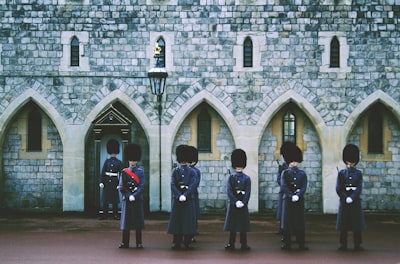Sudan War Crimes: 5 Shocking Darfur Atrocities Exposed
The conviction of Ali Kushayb marks a historic moment in the pursuit of justice for Sudan War Crimes. This milestone sheds light on the horrific violence that devastated Darfur during the early 2000s. The International Criminal Court (ICC) confirmed Kushayb’s responsibility for 27 war crimes and crimes against humanity, bringing a glimmer of accountability to a region long plagued by terror.
1. Systematic Attacks on Civilians
Sudan War Crimes investigations revealed that Kushayb orchestrated organized attacks on non-Arab communities across Darfur. Villages were raided with extreme brutality, leaving hundreds dead and thousands displaced. Survivors reported widespread destruction of homes and property, creating an atmosphere of fear that paralyzed communities for years. The deliberate targeting of civilians exemplifies the calculated nature of these crimes and the devastating human cost.
2. Widespread Use of Sexual Violence
Another grim aspect of Sudan War Crimes under Kushayb’s command was the extensive use of sexual violence as a weapon of terror. Women and girls were subjected to systematic rape, often in front of their families, to intimidate and control local populations. The ICC documentation underscores that these atrocities were not random acts of violence but part of a strategic campaign to suppress and terrorize entire communities. The psychological trauma continues to haunt survivors to this day.
3. Forced Displacement and Property Destruction
Sudan War Crimes also included large-scale forced displacement. Thousands of families were uprooted from their ancestral lands, with homes and agricultural fields destroyed to prevent their return. This campaign led to humanitarian crises across Darfur, with refugee camps overwhelmed by those seeking shelter. Kushayb’s role in planning and executing these forced relocations highlights the systematic nature of the crimes and their long-lasting impact on social cohesion and regional stability.
4. Targeted Killings and Massacres
Sudan War Crimes reports detail numerous targeted killings orchestrated by Ali Kushayb. Entire villages faced massacres, with men, women, and children executed in coordinated attacks. Eyewitness accounts describe horrifying scenes, revealing the systematic execution of civilians based on ethnic identity. These massacres not only caused immediate loss of life but also instilled long-term fear and trauma, creating generational scars within Darfur’s communities.
5. Destruction of Cultural Heritage
Another shocking dimension of Sudan War Crimes under Kushayb was the deliberate destruction of cultural and religious sites. Mosques, schools, and community centers were burned or demolished, erasing symbols of identity and social cohesion. This strategic destruction aimed to weaken communities psychologically while eroding their sense of history and belonging. Such actions amplify the long-term impact of conflict, making recovery and reconciliation far more difficult for affected populations.
6. Coordination with Government Forces
Sudan War Crimes investigations revealed that Kushayb’s militia, the Janjaweed, operated with explicit coordination from Sudanese government forces. Orders, resources, and logistical support were provided to ensure maximum impact of their terror campaigns. This alliance between militia and state actors underscores the complex dynamics behind Darfur’s atrocities and highlights the challenges faced by international courts in holding both state and non-state actors accountable. Accountability efforts remain crucial to prevent future violations.
7. Challenges in Bringing Perpetrators to Justice
Sudan War Crimes prosecutions face significant obstacles. Many perpetrators fled Darfur or remain in areas with limited international access, complicating investigations. Witness protection is a critical concern, as survivors face threats when providing testimony. Despite these challenges, the ICC’s conviction of Ali Kushayb demonstrates that persistent legal efforts can overcome obstacles and ensure accountability for even the most severe crimes.
8. Humanitarian Consequences and Refugee Crises
The impact of Sudan War Crimes extends far beyond the immediate violence. Forced displacement and destroyed infrastructure led to severe humanitarian crises across Darfur. Thousands remain in refugee camps, struggling with access to food, water, and medical care. International aid organizations continue to respond, but the long-term effects of the conflict underscore the urgent need for both justice and reconstruction to restore stability in affected regions.
9. International Response and Legal Precedents
The ICC conviction of Kushayb sets a critical legal precedent for Sudan War Crimes and global accountability. International organizations and human rights groups monitor ongoing investigations closely. For detailed reporting on related cases and judicial progress, refer to Human Rights Watch – Sudan Reports, which provides extensive coverage on human rights violations and ICC actions in Darfur.
10. The Road to Reconciliation
Addressing Sudan War Crimes is essential for peace and reconciliation. Communities affected by violence require truth-telling, reparations, and reintegration programs to heal. Strengthening local institutions and legal frameworks can prevent future atrocities and ensure long-term stability. For insights on ongoing Sudanese justice initiatives, see Sudan Justice Initiatives, which details current reconciliation efforts and projects.
Conclusion
Sudan War Crimes under Ali Kushayb reflect the tragic consequences of unchecked violence and ethnic targeting. The ICC’s actions serve as a reminder that justice, though delayed, can provide accountability and hope for affected communities. Ongoing monitoring, legal efforts, and international support are essential to ensure that Darfur’s past atrocities inform stronger protections against future human rights violations.




